Archives
- 2025-12
- 2025-11
- 2025-10
- 2025-09
- 2025-03
- 2025-02
- 2025-01
- 2024-12
- 2024-11
- 2024-10
- 2024-09
- 2024-08
- 2024-07
- 2024-06
- 2024-05
- 2024-04
- 2024-03
- 2024-02
- 2024-01
- 2023-12
- 2023-11
- 2023-10
- 2023-09
- 2023-08
- 2023-07
- 2023-06
- 2023-05
- 2023-04
- 2023-03
- 2023-02
- 2023-01
- 2022-12
- 2022-11
- 2022-10
- 2022-09
- 2022-08
- 2022-07
- 2022-06
- 2022-05
- 2022-04
- 2022-03
- 2022-02
- 2022-01
- 2021-12
- 2021-11
- 2021-10
- 2021-09
- 2021-08
- 2021-07
- 2021-06
- 2021-05
- 2021-04
- 2021-03
- 2021-02
- 2021-01
- 2020-12
- 2020-11
- 2020-10
- 2020-09
- 2020-08
- 2020-07
- 2020-06
- 2020-05
- 2020-04
- 2020-03
- 2020-02
- 2020-01
- 2019-12
- 2019-11
- 2019-10
- 2019-09
- 2019-08
- 2019-07
- 2019-06
- 2019-05
- 2019-04
- 2018-07
-
We tested formyl MYVKWPWYVWL which we had previously shown
2022-06-01
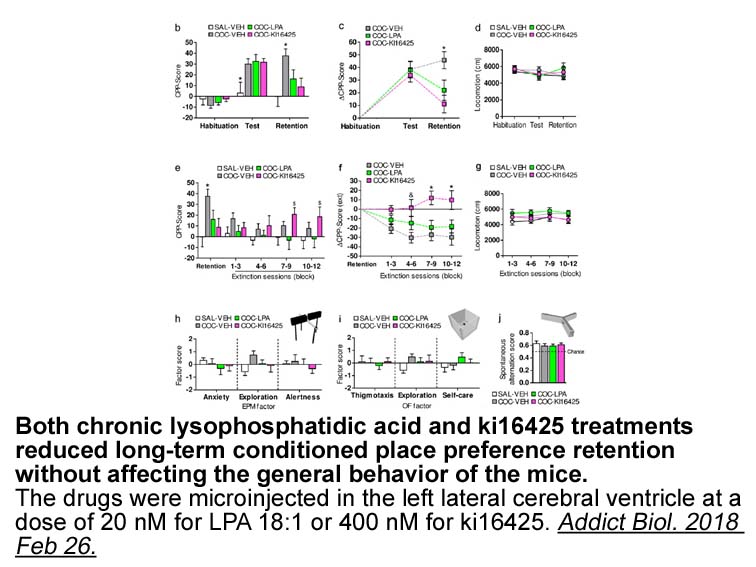
We tested formyl-MYVKWPWYVWL, which we had previously shown to have essentially identical Kis for W190/N192, R190/K192 and R190/N190 [8] of 130 nM, for its ability to downregulate surface receptor (Fig. 5A). R190/K192 exhibited the lowest EC50 of 44±4 nM about 3 fold below the observed Ki and a maxi
-
Recent efforts have also tried to identify cancer
2022-06-01
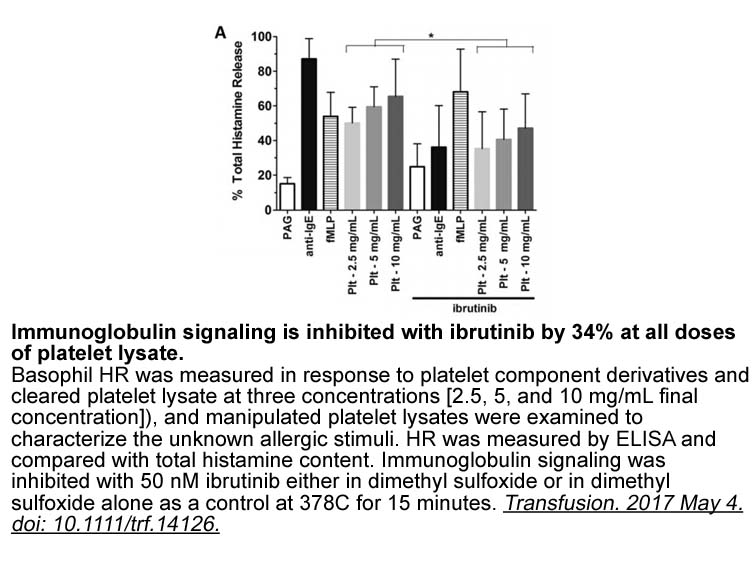
Recent efforts have also tried to identify cancer subsets that are exquisitely responsive to EZH2i apart from those bearing EZH2 gene mutation (Knutson et al., 2012). The dysfunction of SWI-SNF complex, a chromatin-remodeling regulator that partially antagonizes the catalytic function of PRC2 comple
-
Another important outcome of reducing hypothalamic HIF in
2022-06-01

Another important outcome of reducing hypothalamic HIF in DIO was the increase in gliosis and hypothalamic inflammation. Both experimental and human studies have shown that hypothalamic inflammation plays an important role in obesity by inducing resistance to anorexigenic signals, such as insulin an
-
Aspartame l aspartyl l phenylalanine
2022-05-31
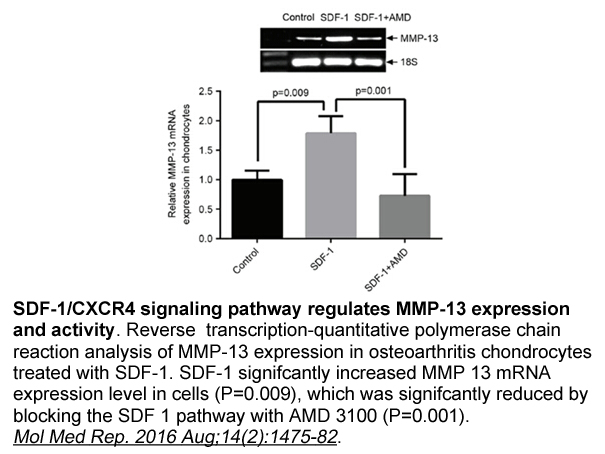
Aspartame (l-aspartyl l-phenylalanine methylester) is a dipeptide artificial sweetener that is widely used as a non-nutritive sweetener in various food products [1]. The increased market of dietary products and the development of new synthetic sweetening compounds have not been sufficiently explored
-
To investigate the simultaneous effects of possible confound
2022-05-31
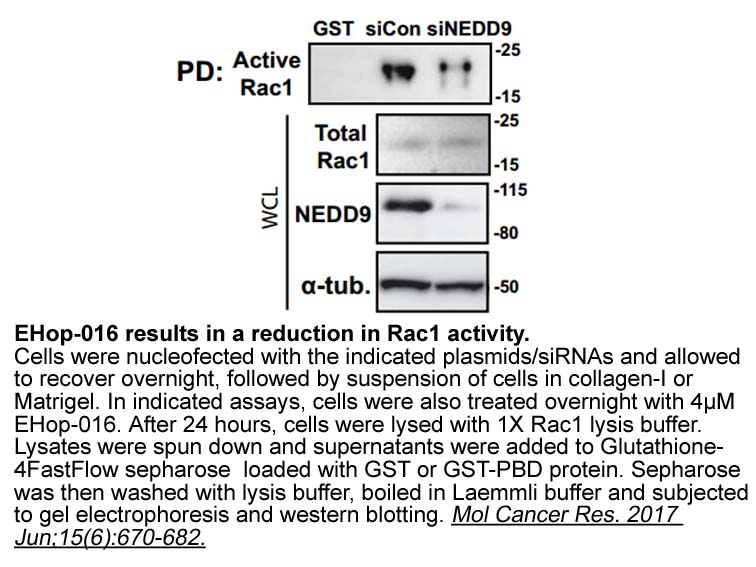
To investigate the simultaneous effects of possible confounding factors in the urinary 1-OHP excretion, multivariate regression analysis was performed (Table 3). Based on stepwise regression analysis, four independent variables (age, CYP1A1⁎4, GSTM1 and GSTP1 polymorphisms) entered into the final mo
-
br Introduction Atherosclerosis is a chronic inflammatory di
2022-05-31
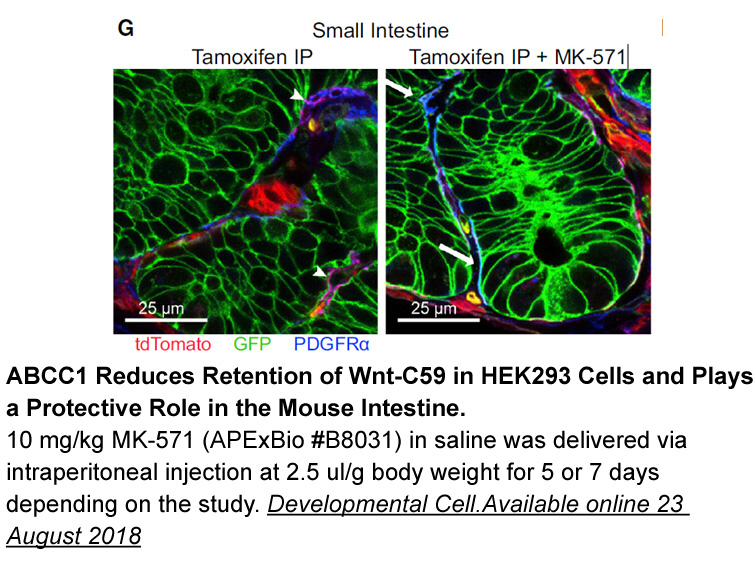
Introduction Atherosclerosis is a chronic inflammatory disease characterized by lipid and leukocyte accumulation within the arterial wall. Homocysteine (Hcy) is a thiol-containing amino GYKI 52466 dihydrochloride derivative derived from the metabolism of dietary methionine. Epidemiological studie
-
The lactic acid receptor HCA is primarily expressed
2022-05-31
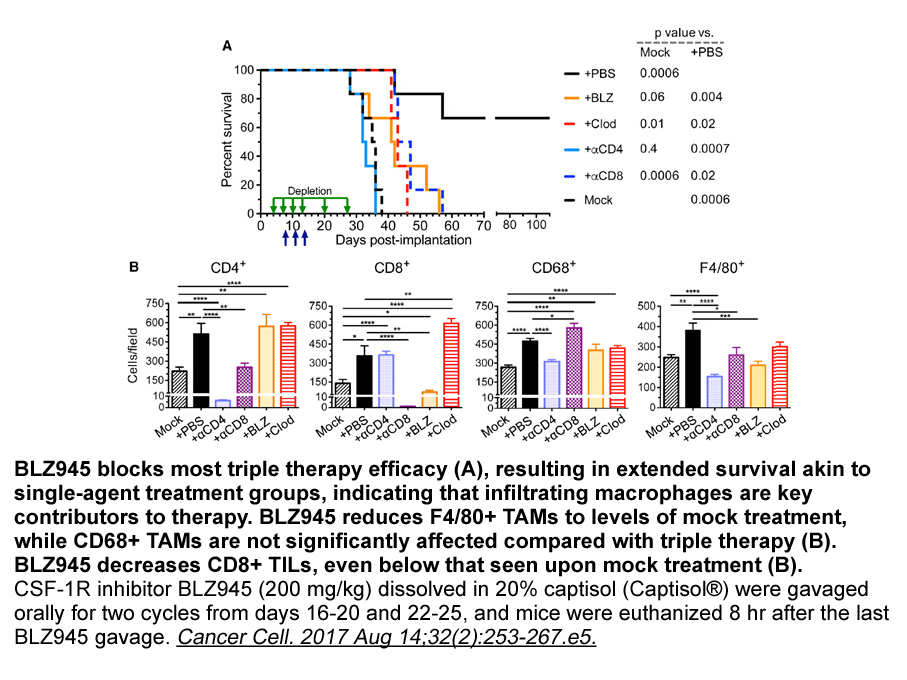
The lactic valdecoxib receptor HCA1 is primarily expressed in white and brown adipocytes 11, 12, 17, 18 (Table 1). Only relatively low expression levels of HCA1 have been described in several other tissues 16, 19, and it is not clear whether this is due to the presence of adipocytes in these tissues
-
Autophagy as an important cellular process has
2022-05-31
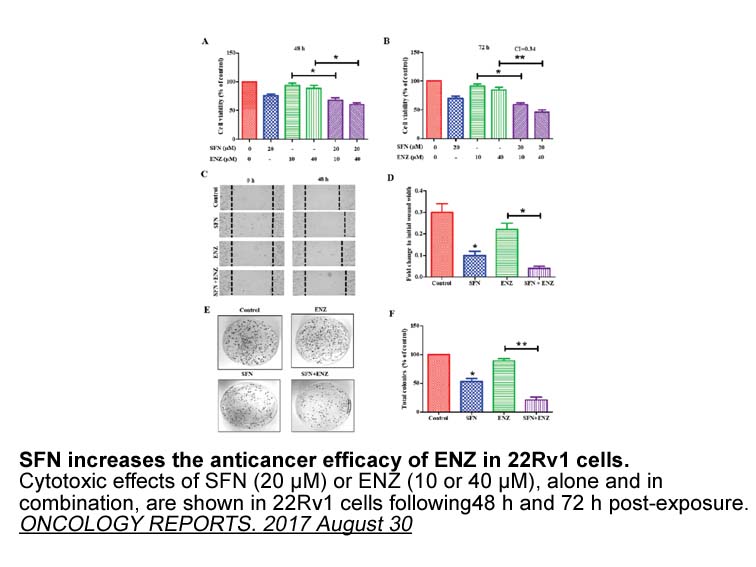
Autophagy as an important cellular process has drawn attentions to its role in cardiovascular systems [16]. Autophagy is a self-digestion and degradation process that recycles the contents of the cytosol, including macromolecules and cellular organelles, resulting in self-repair and conservation for
-
br Flavonoid function Antioxidants are compounds when presen
2022-05-31
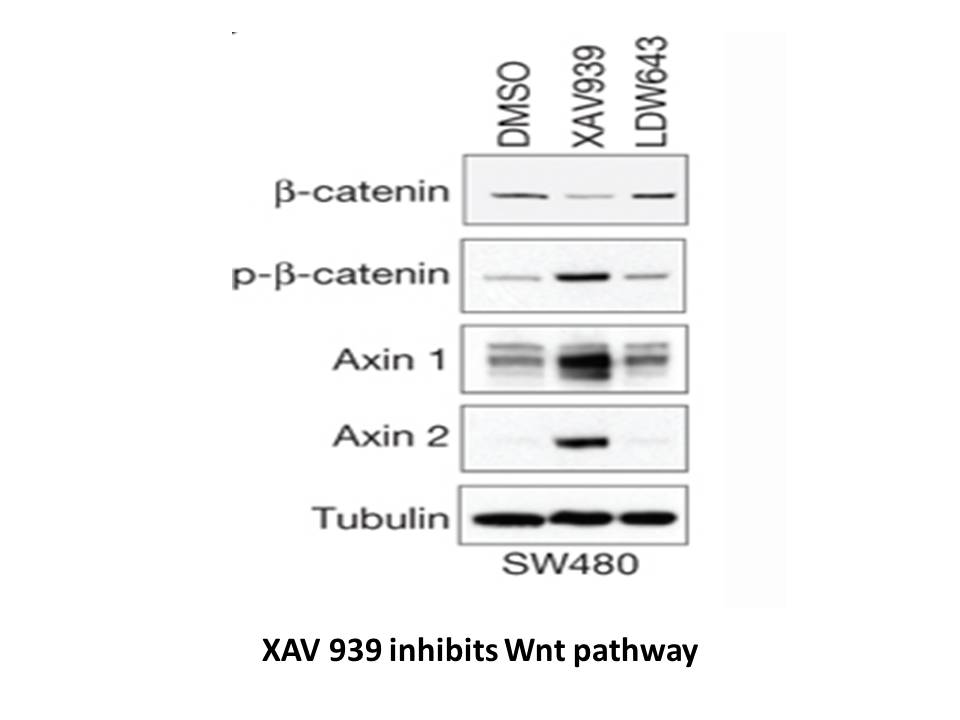
Flavonoid function Antioxidants are compounds - when present at a lower concentration compared oxidizable substrate - that delay or prevent oxidation of the substrate [14], [106]. Antioxidants act as nucleophiles to reduce an oxidative molecule to prevent its interaction with another molecule [14
-
br Introduction Edible bird s nest
2022-05-31

Introduction Edible bird's nest (EBN), known as the health and precious food, is produced from the saliva secretion of several different swiftlet species. Researches have shown the nutritional value of the EBN with the containing of glycoproteins, carbohydrates, essential amino acids, minerals an
-
In the present study participants reported a significant
2022-05-31
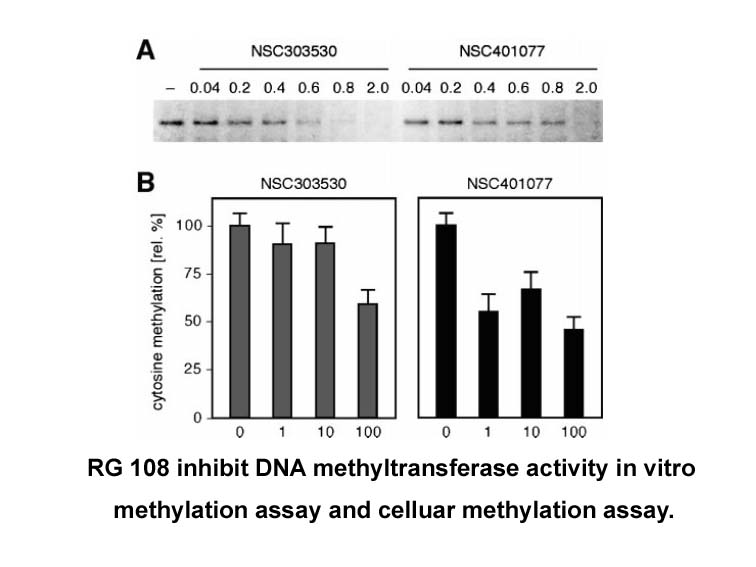
In the present study, participants reported a significant decrease in symptoms of anxiety and depression along with other symptoms of psychological distress and PTSD. These results are in agreement with a study in which hospitalized patients diagnosed with psychotic and mood disorders demonstrated s
-
In this study we present the
2022-05-31
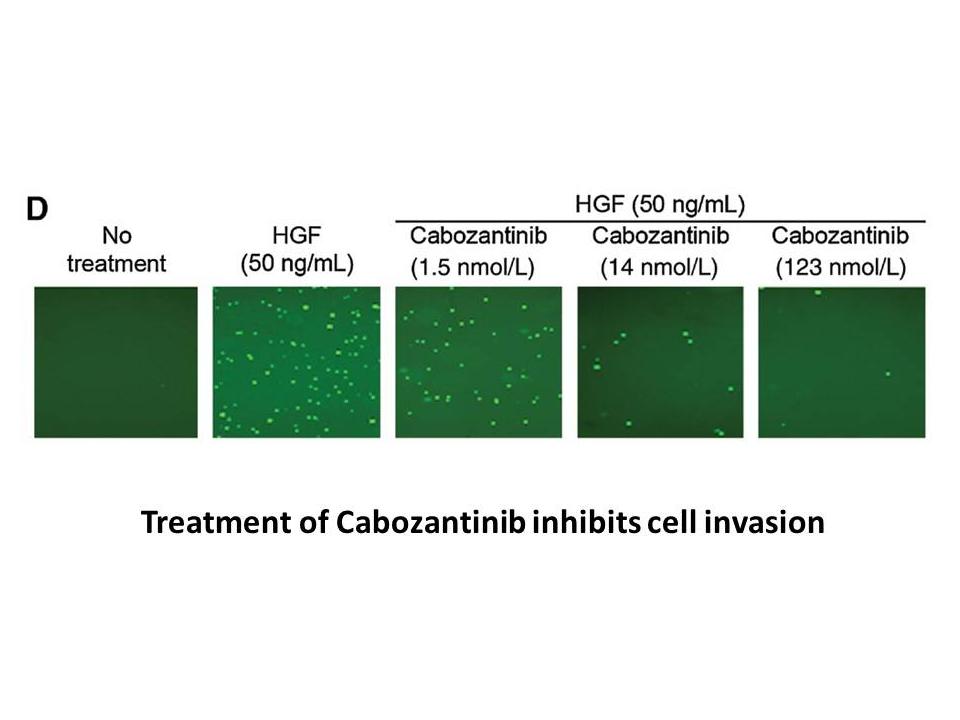
In this study, we present the synthesis and structure–activity studies of a structurally distinct series possessing high potency and selectivity in HEK cell lines together with a potentially promising overall biopharmacological profile. Focusing on creating sufficient structural dissimilarity with g
-
MicroRNA or miRNA is group of
2022-05-31
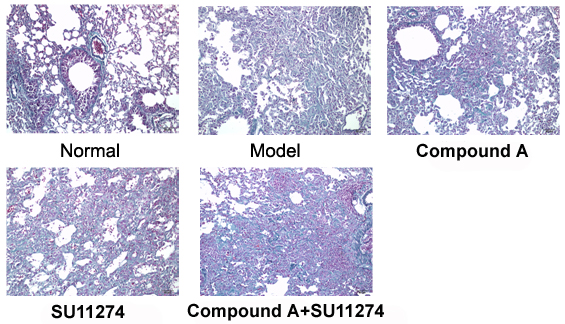
MicroRNA, or miRNA, is group of RNA molecule of about 22 nucleotides without protein-coding function. MicroRNAs are widely distributed in plants, animals and even some viruses and participant in both normal physiological and pathological processes by post-transcriptional regulation of gene expressio
-
The orientation of the immobilized enzyme may affect its act
2022-05-31
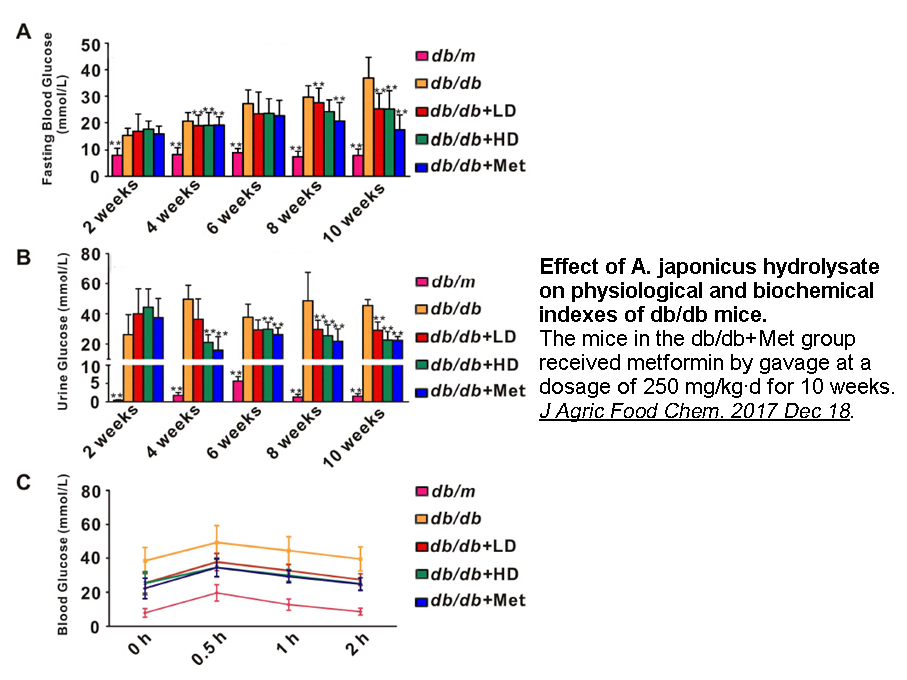
The orientation of the immobilized enzyme may affect its activity and stability and therefore the final biocatalyst performance. Since proteins present areas more prone to unfolding in their surface or near to it [36], the immobilization through these areas may improve the final biocatalyst stabilit
-
In summary two new flexible amine
2022-05-31
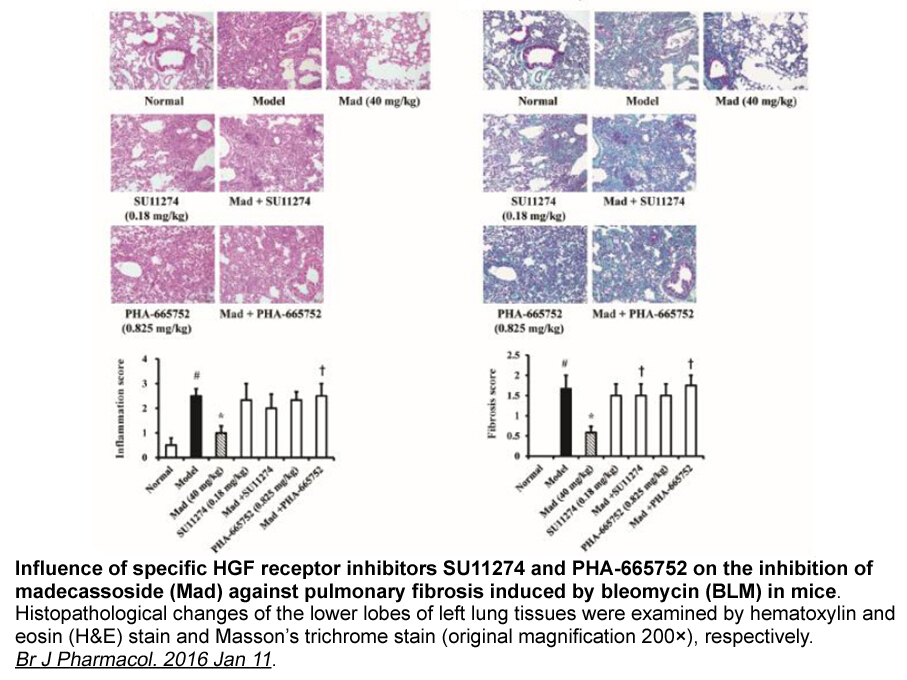
In summary, two new flexible amine-functionalized quinolinium derivatives with far-red region emitting were prepared. The shorter-chain fatty amine side chain in the scaffold of was found to be a more promising G-quadruplex DNA fluorescent probe, suggesting the amine side group plays an important r
15892 records 444/1060 page Previous Next First page 上5页 441442443444445 下5页 Last page